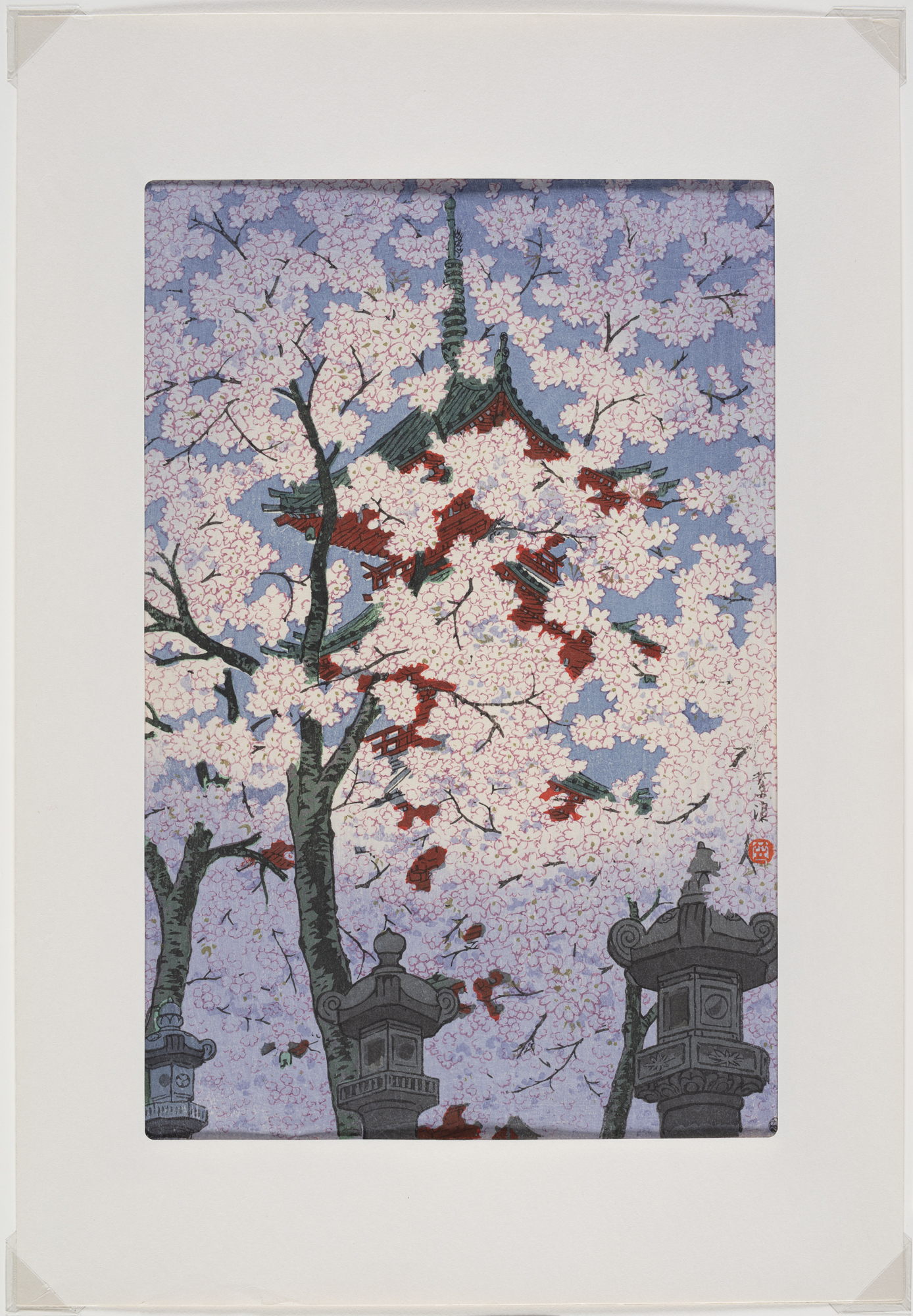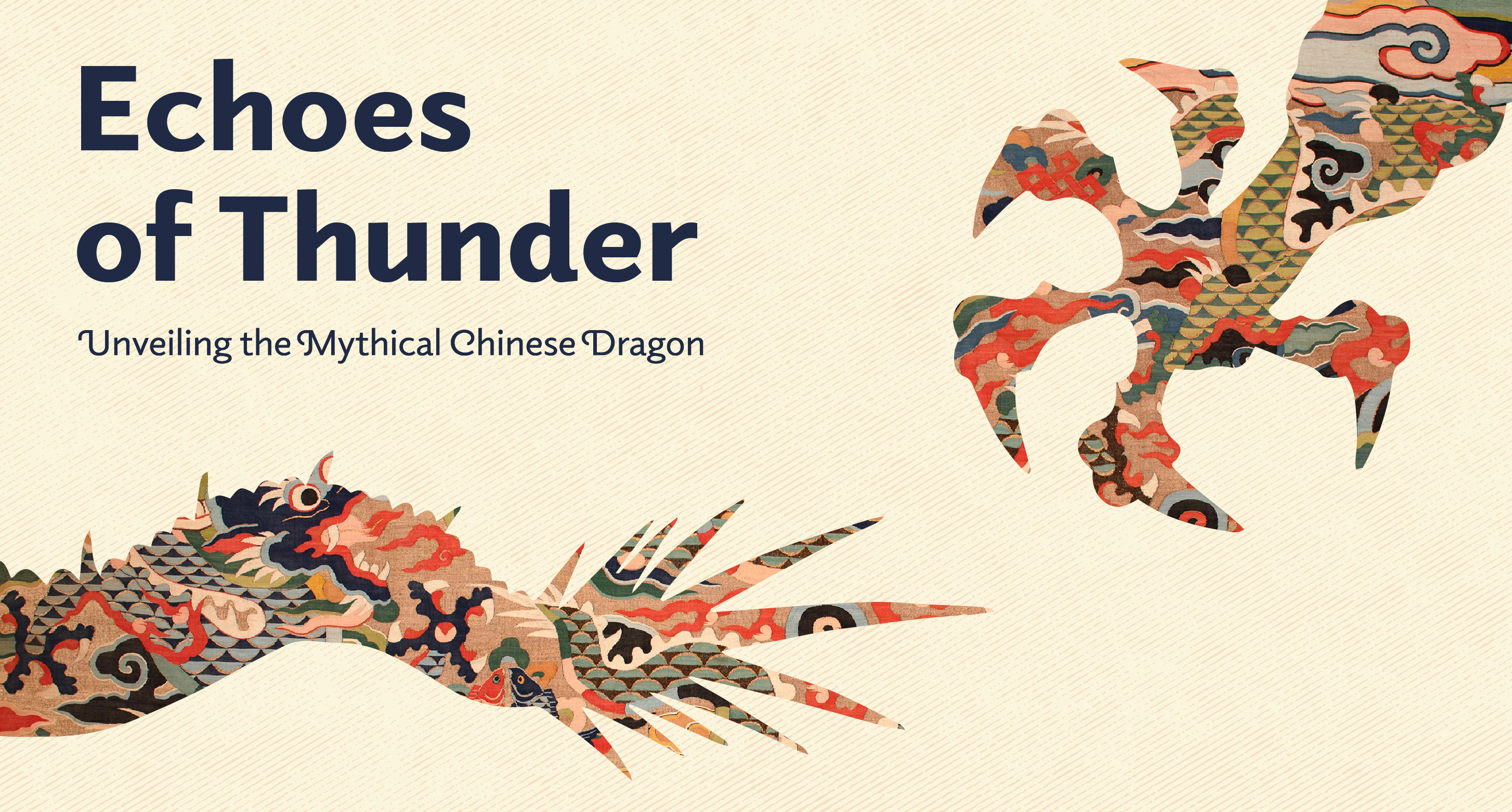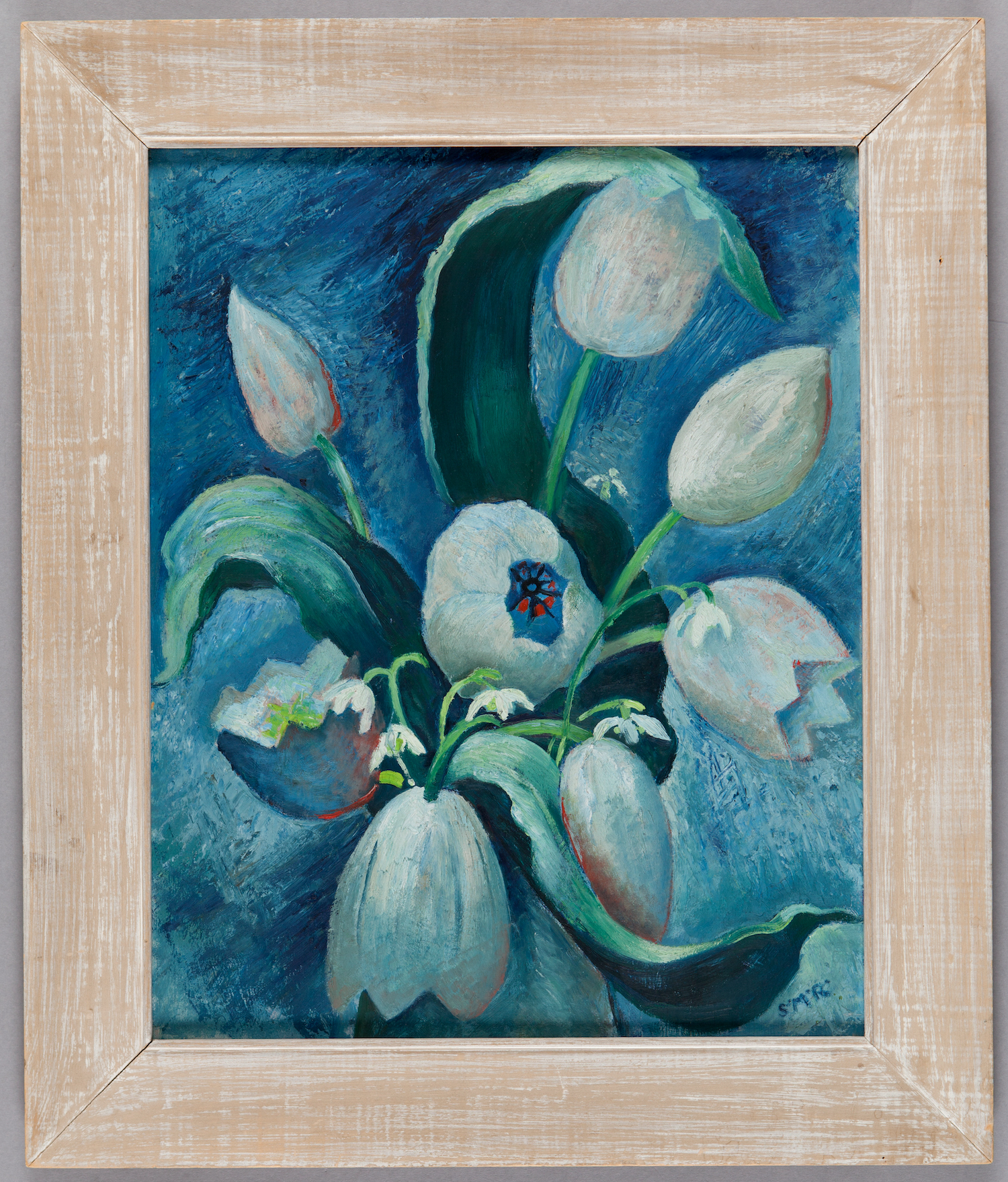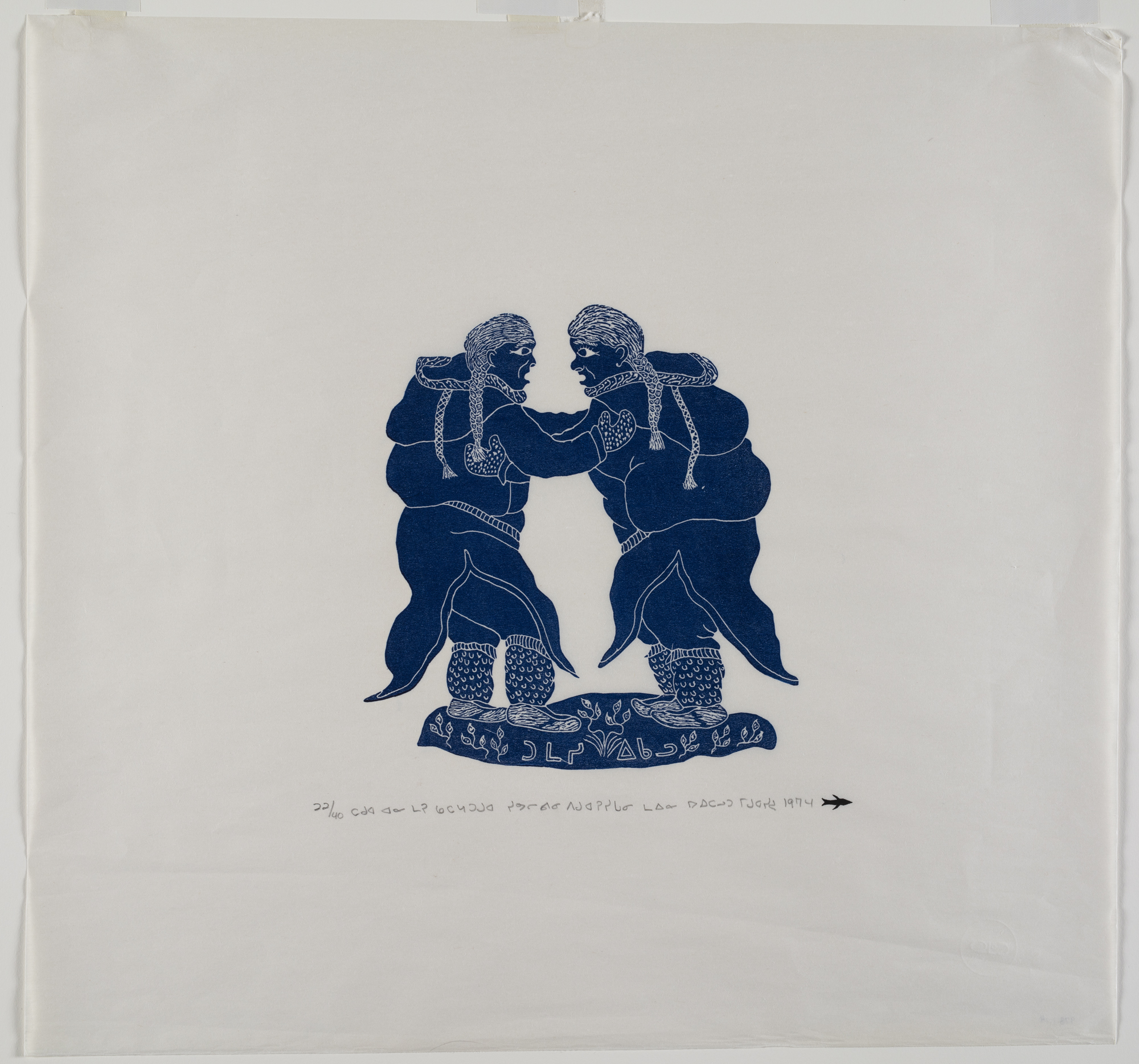Art In Focus: Cherry Blossoms in Ueno Tōshōgō by Kasamatsu Shiro

Cherry Blossoms in Ueno Tōshōgō, 1935; Woodcut print on paper; Kasamatsu Shiro: Born Asakusa, Tokyo, Japan, 1898, Died 1991; University of Alberta Museums; University of Alberta Museums Art Collection; 2001.6.8
In May we celebrate Asian Heritage Month and often the beginning of true spring weather in Alberta. In Cherry Blossoms in Ueno Tōshōgō (2001.6.8), a print from the University of Alberta Museums Art Collection, artist Kasamatsu Shiro (1898-1991) showers us with an abundance of springtime blossoms. The cherry blossom, or sakura, is the emblematic flower of spring in Japan and a symbol of renewal and the fleeting nature of life. In Japan the custom of hanami or “watching blossoms” during cherry blossom season encourages people to gather with friends and family and picnic under the flowering trees during their short bloom time.1
Kasamatsu Shiro’s woodcut print captures the beauty of the cherry blossoms in springtime but their extravaganza is almost overwhelming. Just visible behind the screen of blossoms is the red, five-storied pagoda of Kaneiji Temple, a Buddhist temple complex built in 1625 in Tokyo. In the foreground are three traditional stone toro lanterns. These small glimpses of sturdy building and lanterns provide a contrast to the delicate pink flowers and exaggerate their abundance within the borders of the print.
Born in Asakusa, Tokyo, Kasamatsu Shiro practiced the Shin-hanga (‘new print’) style of printmaking. From 1910-1960, Japanese printmakers sought to revive the older and more traditional Ukiyo-e style of printmaking which was collaborative and involved an artist, carver, printmaker and publisher. These Shin-hanga prints from the first half of the twentieth century were highly commercial, depicting picturesque landscapes, beautiful women in kimono and nature scenes; images that often appealed to Western buyers.2 Later in his career, Kasamatsu would shift to the Sosaku-hanga (‘creative print’) printmaking style which encouraged self expression on the part of the artist and a move away from collaborative printmaking to a more independent creative process.3
This print is one of three by Kasamatsu Shiro in the University of Alberta’s collection, all in the Shin-hanga style. The work of many Japanese printmakers, both historical and contemporary, make up a significant portion of the university’s extensive print collection and contribute to our understanding of the evolution of printmaking in Japan over time.
1 Erina Takada, “Significance of Sakura: Cherry Blossom Traditions in Japan,” Smithsonian Folklife Festival, https://festival.si.edu/blog/2014/significance-of-sakura-cherry-blossom-traditions-in-japan accessed May 2, 2023.
2 Ellis Tinios, “Modern Japanese Prints - Shin Hanga,” Print Quarterly, 33, No. 1 (2016): 75.
3 The British Museum, Kasamatsu Shiro, https://www.britishmuseum.org/collection/term/BIOG2666 (accessed May 2, 2023).
This web story is part of the University of Alberta Museums Art Collection Spotlight Series, a collection of web stories aimed to share works of art from the University of Alberta Museums Art Collection with the world. Posted monthly, these stories connect works of art in the Collection to important matters on our campus and in our world.



